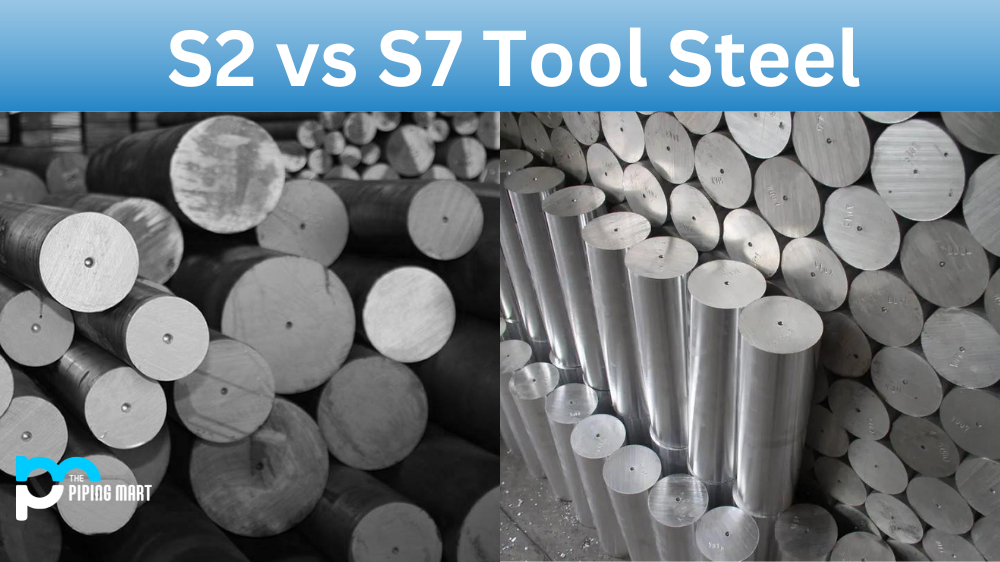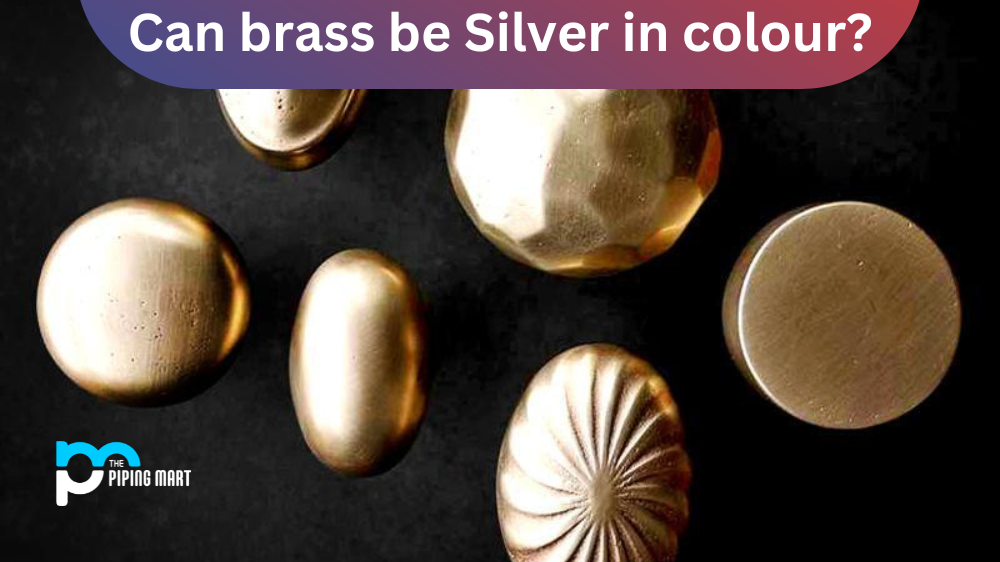Many types of metals are used for various applications, ranging from jewellery to industrial machinery. One of these metals is brass, which has been around for centuries. But have you ever heard of white brass? It may sound like an oxymoron, but there’s a big difference between them. Let’s explore why white brass exists and how it differs from regular brass.
What is White Brass?
White brass is a unique alloy made up of copper and zinc. The ratio between the two elements determines the color of the metal; more copper in the mix creates a reddish hue, while more zinc creates a yellowish hue. White brass offers an extra element to this mix—tin—which gives it a white-grey coloration that resembles silver or nickel. This type of alloy was first discovered in the 19th century and has since found uses in everything from musical instruments to plumbing fixtures and door hardware.
What is Brass?
Brass is an alloy of copper and zinc. It is a yellowish colour when it is first made but will tarnish over time to a darker colour.
Differences Between White Brass and Regular Brass
The most obvious difference between white brass and regular brass is their colours, but there are other differences as well. White brass is much harder than regular brass due to its higher tin content, making it more resistant to wear and tear over time. However, because it’s harder, it can also be harder to work with if you’re trying to shape or mould it into something specific. Additionally, white brass is less expensive than regular brass because its main component—tin—is much cheaper than copper or zinc.
Finally, while regular brass can corrode over time depending on its environment (such as when exposed to salt water), white brass can handle harsher conditions without succumbing to corrosion quickly. This makes it ideal for outdoor use, such as in plumbing fixtures or railings, as opposed to indoor decor pieces where regular brass would be better suited due to its softer texture and warmer tone.
Which one is better?
There is no definitive answer as to which one is better. It depends on what you are looking for in terms of appearance and durability.
How do I care for them?
Both brass and white brass can be cleaned with soap and water. If you want to polish them, you can use a soft cloth and a mild polish or cleaner. You should avoid using harsh chemicals or abrasives as they can damage the finish.
Where can I buy them?
You can purchase both brass and white brass at most hardware stores or online retailers.
Conclusion:
In conclusion, while both types of brass offer unique benefits, they each have different properties that make them better suited for certain applications over others. If you’re looking for something affordable yet durable enough for outdoor use, white brass might be your best bet; however, if you’re after something with a bit more warmth, then regular yellow or red brass will do just fine! No matter what your needs are, understanding the differences between these two types of alloys will help you make an informed decision on which one will work best for your project!

Abhishek is a seasoned blogger and industry expert, sharing his insights and knowledge on various topics. With his research, Abhishek offers valuable insights and tips for professionals and enthusiasts. Follow him for expert advice on the latest trends and developments in the metal industry.




